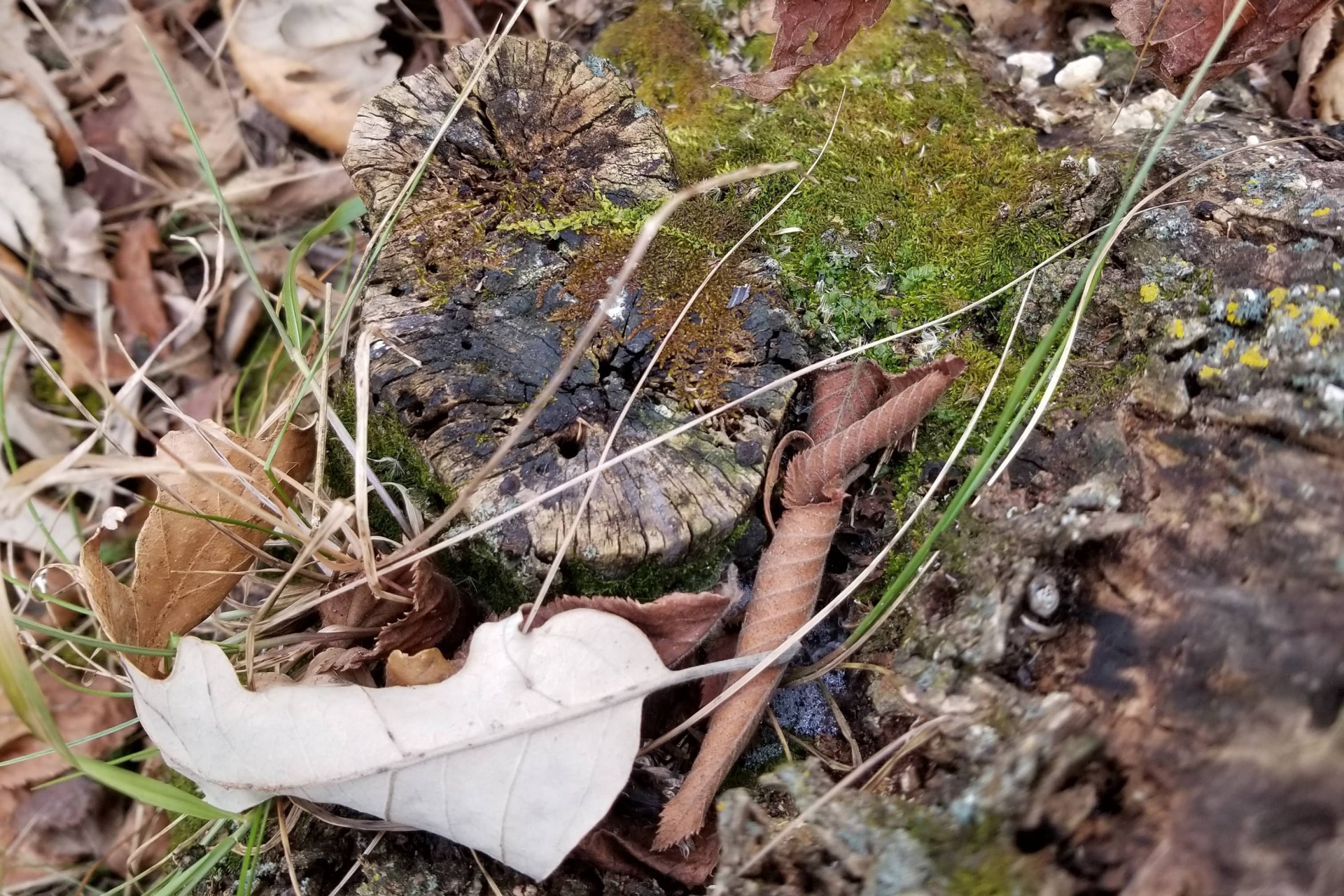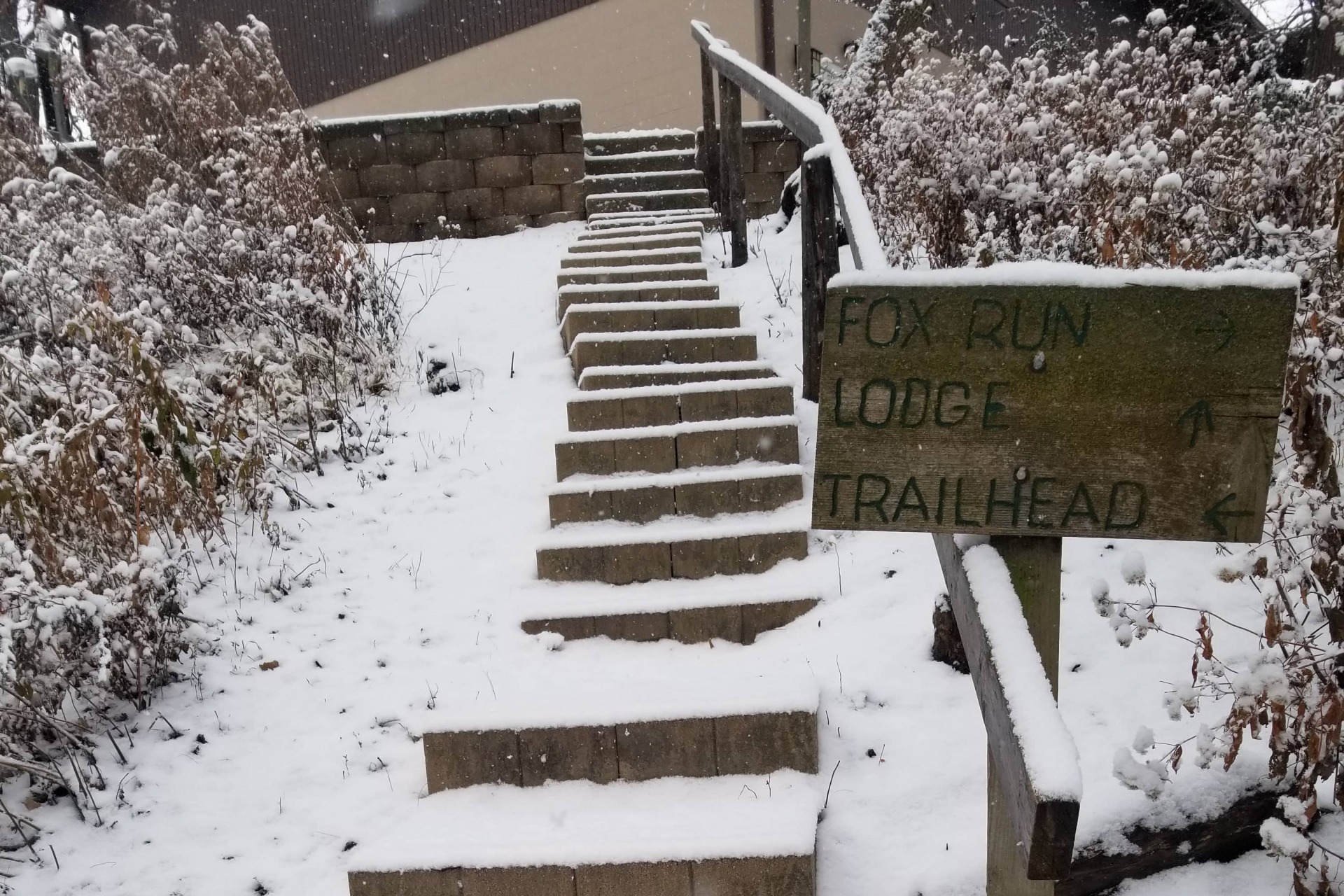These popular topics are heating up. Explore today's most viewed pages.

Now that we are officially past the winter solstice (Dec. 21, 2018) winter is in full swing. The days are short and the nights are long. Although, technically after the solstice the days are getting longer by a few seconds each day! Hang on to that thought, and each day you will notice those few more seconds worth of precious sunlight.
We got a nice heavy snowfall early this December, tree branches were blanketed, the ground was insulated, and hoar frost decorated everything with morning crystals.

If you are wondering why something as magical and beautiful as this would have such a rude name, let me explain. Hoar frost is named so, because of the way the ice crystals form on the edges of anything outside, they stick way out and make everything look gray and fuzzy. “Hoary” means gray or white with age.

Here in Iowa we also have a hoary bat that has shimmery silver fur, which is where it got its name from.

Now the unseasonably warm weather has melted all the snow away. We no longer have the ice crystal wonderland to look upon in our Hills, but without the covering of snow we can discover a whole new side of winter.
Let’s check out what kind of plants were hiding under the snow.
Most of our plants in the Loess Hills have of one of three winter strategies. One, they have gone all the way through their lifecycle, have died and are depending on their offspring or seeds to sprout in the spring, we call these annuals. Two, they put all their life energies down into their roots, and will resprout in the spring as the same individual, these are perennials.

Three, the plants may stay green all winter, with some energy in their roots as well. These are mainly perennial cool season plants. We call them cool season because they do most of their growing in the spring and the fall, and take a break in the heat of the summer, and the frozen winter.

This isn’t the end of our winter discoveries, only just the beginning. Next time we will search the hiking trails and forest floor to see what animals are toughing it out during our Iowan winter!
